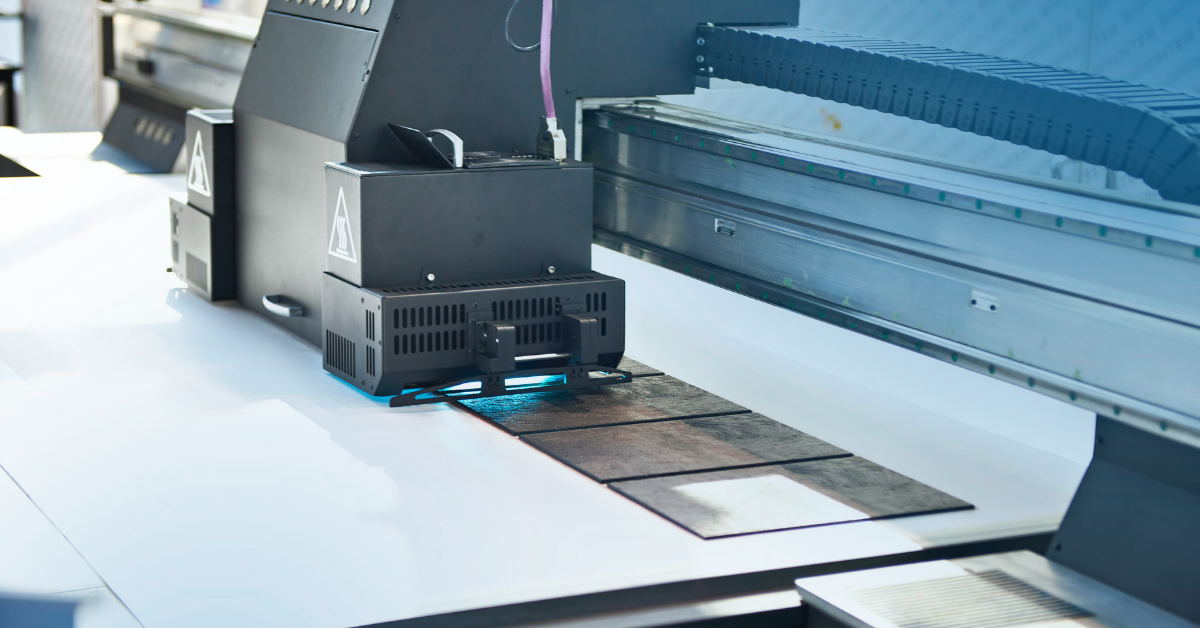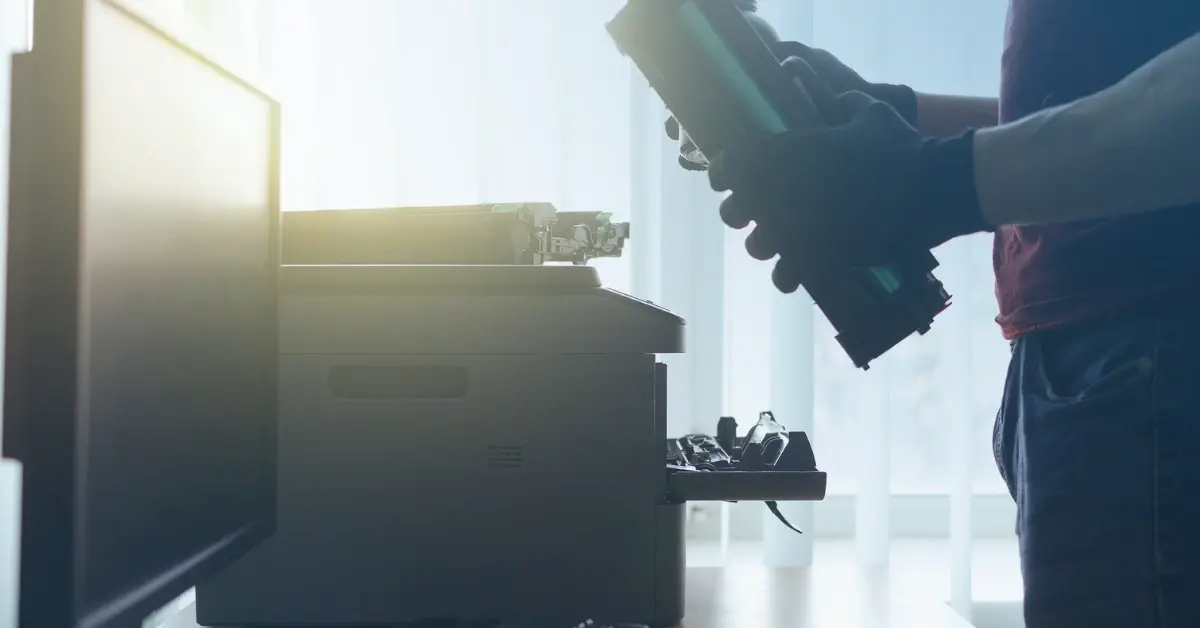The Security of MICR: What You Need to Know

On a faithful Monday morning, the Secretary to a Financial Literacy Organization – let’s call him Sam – needed to file a form with the Arizona Secretary of State. The filing process required paying a $10 fee to get started. Sam wrote a check, as any of us would do, put it into an envelope and dropped it into the USPS box around the corner.
By Tuesday, an “authorized” payment of $5,000 had left the coffers of the Financial Literacy Organization and was paid out to an individual. The organization had become a victim of check fraud. The fraudster had intercepted the check and manipulated its content and cashed out $5,000 from the Financial Literacy organization and the unsuspecting Sam.
Just like Sam’s organization, more businesses are beginning to experience multiple cases of check fraud. According to the Global Economic Crime and Fraud Survey, 2022 conducted by PwC, a remarkable 51% of the organizations surveyed reported instances of fraud within the last two years. This figure represents the highest level of fraud experienced since the research was created two decades ago. This statistic highlights the need for every organization to develop a fraud-resistant workflow for its check creation and issuing process.
Introducing MICR: How it Works
Magnetic Ink Character Recognition (MICR) is the technology that encodes information onto checks, important documents, and instruments of payments. This encoding is read by machines that help banks, businesses, and other organizations process checks and other financial transactions. However, as convenient and efficient as MICR is, it also poses a significant security risk if not properly utilized. In this article, we will explore what you need to know about the security MICR provides and how to ensure that your organization is protected.
To understand the security of MICR, we must understand how it works. MICR is different from typical inkjet or laser printing; it uses special magnetic ink that can be read by machines. This ink contains iron oxide particles that help the machine read the text. The problem with this is that it can be manipulated, duplicated, and counterfeited. Criminals can use special software and equipment to create fake checks that look authentic and can deceive banks and individuals. To combat this risk, MICR technology needs to be managed securely. This includes controlling access to MICR printers and paper stock, maintaining up-to-date security protocols and software, and regularly training employees to recognize and report suspicious activity.
The security of MICR is not limited to physical security. Cybersecurity is also a major concern. Because of our increasingly digital world, there is more potential for data breach and theft. If a criminal gains access to your organization's MICR files, they can manipulate or use the data for illicit purposes. The best way to address cybersecurity risks related to MICR is through strong access controls and regularly backing up data. These include regularly updating access controls to ensure that only authorized personnel can access the files, using multi-factor authentication, and having a secure backup solution in place in the event of a breach.
It is also important to consider the security of the MICR printing process. For example, while MICR ink is often used for checks, it must be of high quality and kept up with the latest security features. If the ink is too light or the magnetic properties are not working properly, it can increase the likelihood of counterfeiting. You should always dress your MICR printers with secure paper stock that has security features like microprinting, watermarks, and other design elements that are difficult to replicate. Also, for added security, organizations should consider integrating MICR printers with secure printing software that provides an audit trail and can help ensure data integrity.
Finally, there are also compliance considerations. Various regulatory bodies such as the Payment Card Industry, Sarbanes-Oxley Act, and HIPAA have specific requirements relating to MICR technology and its security. As a manager, it is important to remain familiar with these standards and ensure that your organization is compliant. Ignoring these standards can lead to serious consequences such as fines, legal liability, and negative reputational impacts.
Fraud-proofing your Check Printing Workflows with TROY Group’s MICR Solutions
Our MICR printing solutions are distinguished by their exceptional security features, making them an ideal choice for check printing. With our range of MICR Printers, we offer distinct security levels, that allow you to customize your workflows based on your specific requirements. This way, you can enjoy the exact features you desire without having to pay for unnecessary ones.
These security levels include:
- Auto-Protect Font – Automatically prints "void" if a job is diverted to a non-TROY printer.
- Secure 3-Position Keylock – Allows the printer's secure resources to be physically locked, protecting companies from fraud by refusing unauthorized access to resources.
- TROYMark™– Intelligent anti-tampering technology that provides a repetitive watermark of variable check data across the background of the check (i.e. payee and amount)
Troy Printers also offer extensive security features that can be integrated into your check printing workflows to ensure traceability. These features include:
- Audit Trail Reporting – to keep track of each secure check that has been printed.
- Encryption & Decryption – to ensure the protection of sensitive print data traffic over a network.
- Paper Tray Locks & Mapping – to override unauthorized tray calls; assuring special paper can only be accessed as needed for printing.
- Protected Signatures and Logos – to restrict access to printer-resident signatures and logos by locking them behind a password.
- PIN-Activated Controls – restricts both MICR and non-MICR print jobs.
Getting Started with MICR
MICR is an efficient and widely used technology for processing checks and other financial transactions. However, its use also exposes organizations to potential security risks. Managers must prioritize the security of MICR printing, data, and access controls to avoid any vulnerabilities or incidents of fraud. By following best practices and staying up-to-date with the latest security protocols, you can help safeguard your organization's financial transactions and prevent any security breaches.
To learn more about the MICR solutions we offer such as our printers, toners, check paper, and other accessories, contact one of our representatives today.
Related Posts

What is UV Printing? UV Curable Inks for Packaging
Ultraviolet, or UV printing is an advanced digital technology that cures specially designed inks using UV light. This process creates sleek, vibrant designs that dry instantly,..

Here's How to Beat Upcoming Postage Rate Increases
In 2024, a notable increase in postage costs became a reality. With postage increases expected to occur multiple times a year, it's important to be prepared for what's coming.

What is MICR Toner? A Guide for Check Printing
What is MICR? MICR stands for Magentic Ink Character Recognition, and it plays a critical role in check printing. If you're printing checks for your business, you should always be..



Leave a Reply